Wow, what a rush! We just got back from our conference in Rio Rico, Arizona (the Invertebrates in Education and Captivity Conference) on Monday, and we were back at the butterfly house today. (As a side note, the butterfly house is looking GREAT, with lots of butterflies and the garden is in full bloom and berry harvest.) We had an amazing time, and met many great people in the captive rearing/educational invertebrate profession. This includes animal keepers and managers of zoos, butterfly houses, and natural history museums; as well as population biologists raising and studying endangered species; education researchers; and myriad others, like National Parks Service employees and wildlife photographers.
We started right off with catching bugs, on an all day adventure titled the Swing-n-Sweat! Starting in typical Sonoran Desert mesequite/acacia/cholla cactus habitat, we found large cactus longhorn beetles. We traveled around the Coronado National Forest, spotting giant water bugs, pipevine swallowtails, stag beetles, and tarantula hawks, among many others.
The next morning consisted of some great talks about citizen science projects being done around the country, like Bumble Boosters; followed by another afternoon and evening of bug hunting! This trip revealed new treasures like an 8-inch long red-headed centipede Scolopendra heros, and this 7-inch wide poplar sphinx moth that we attracted with a blacklight. There be big bugs in the desert! The monsoons made for amazing light and a wonderful rainstorm, cooling off the 105+ degree temps.
We attended a great workshop about making exhibit displays, listened to talks from fellow educators who run outreach programs, and Kevin gave a talk introducing Nevada Bugs and Butterflies and what makes us special to the group. The conference ended with a banquet and dancing amidst an astounding lightning storm outside the hotel. We left with our heads full of new ideas for displays, new techniques for keeping our insects happy, and new friends. Finally, we stopped by the Arizona Sonoran Desert Museum outside Tucson, for some final inspiration with place-based, desert biodiversity education. It is an amazing museum and if you are in the Tucson area you should save a morning in your schedule to walk through beautiful gardens. Thanks to all who made this such a great conference and we look forward to coming back next year!
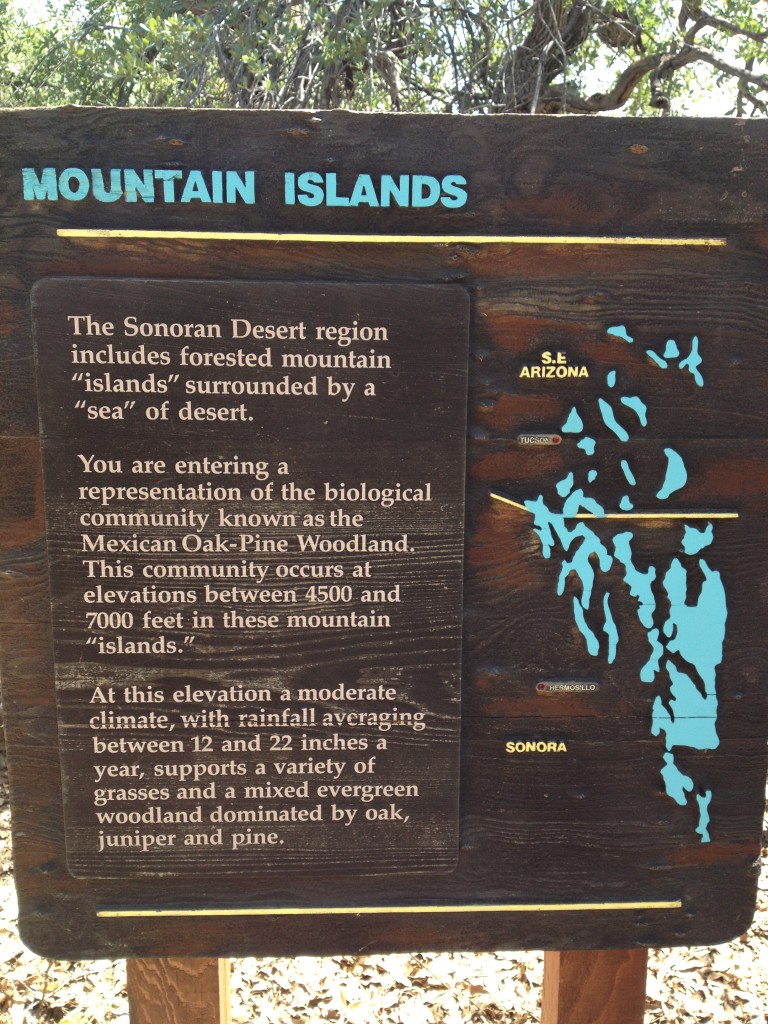
The Sonoran desert region is not that dissimilar from our Great Basin; just hotter. And actually wetter- Reno gets 7.5 inches of rain per year for comparison. The monsoons give enough water to support amazing (if seasonal) plant and animal diversity in the desert.

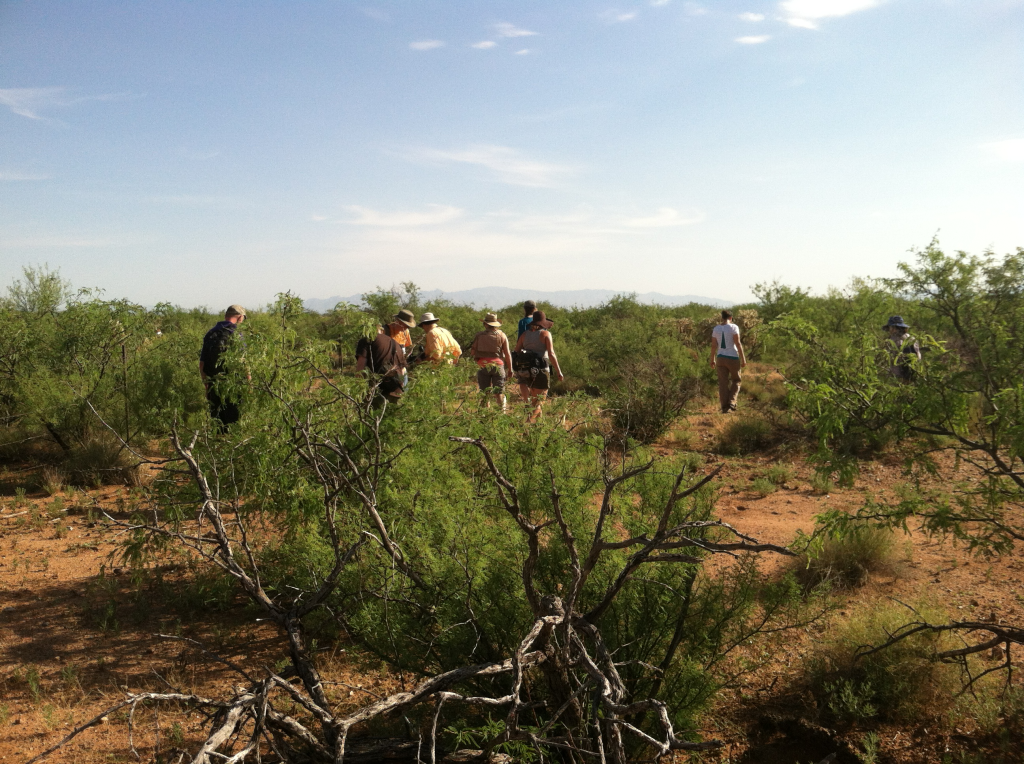
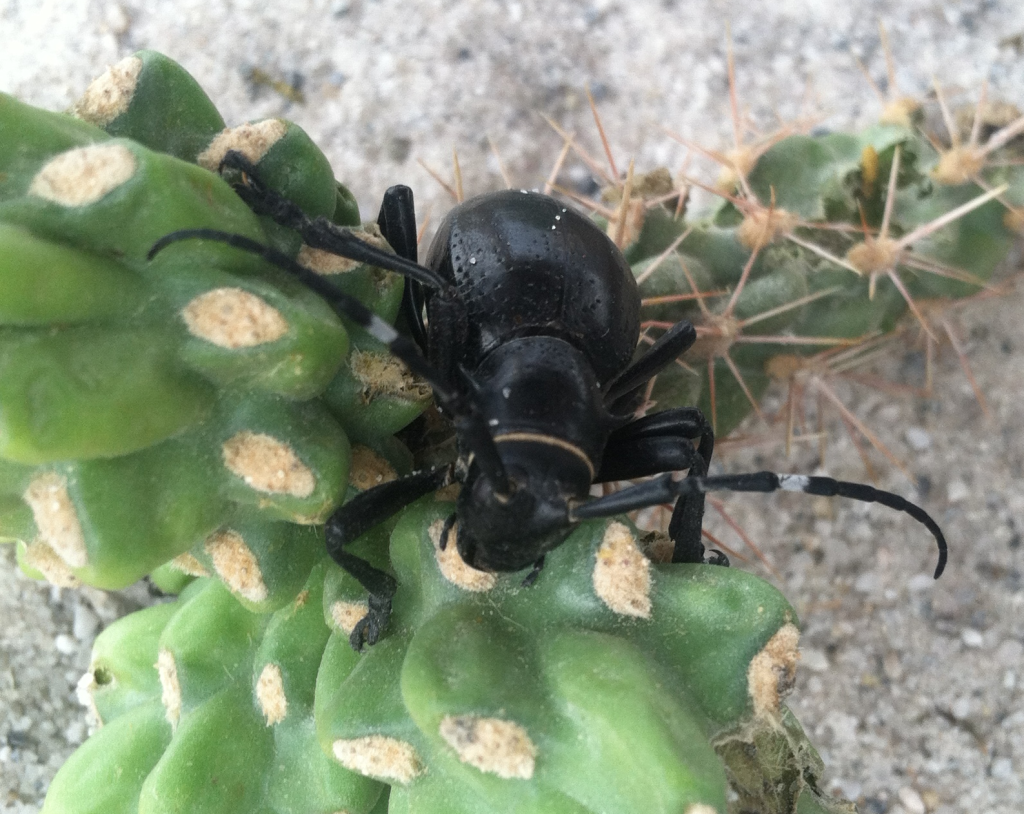
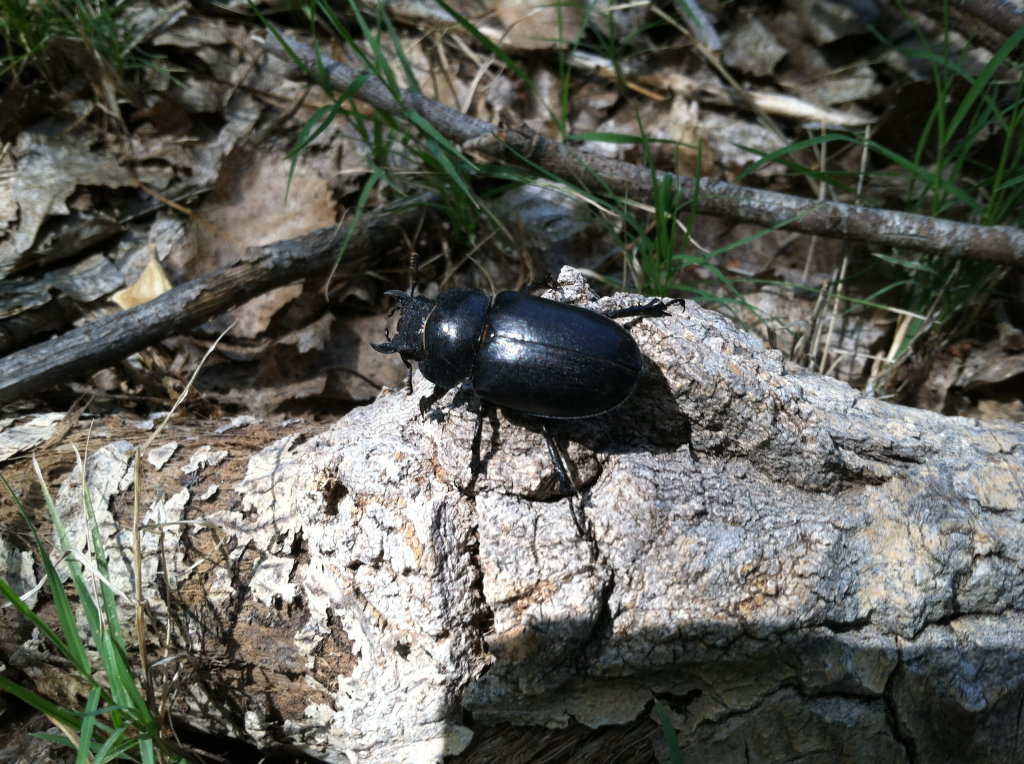
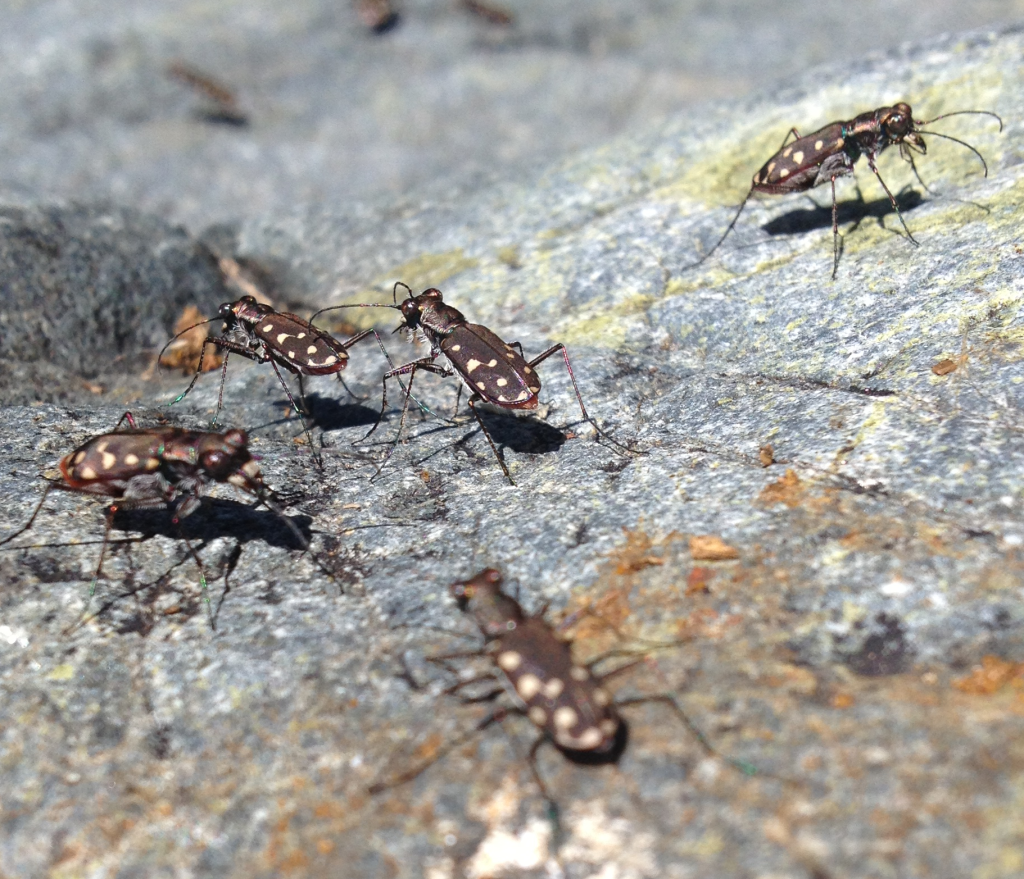
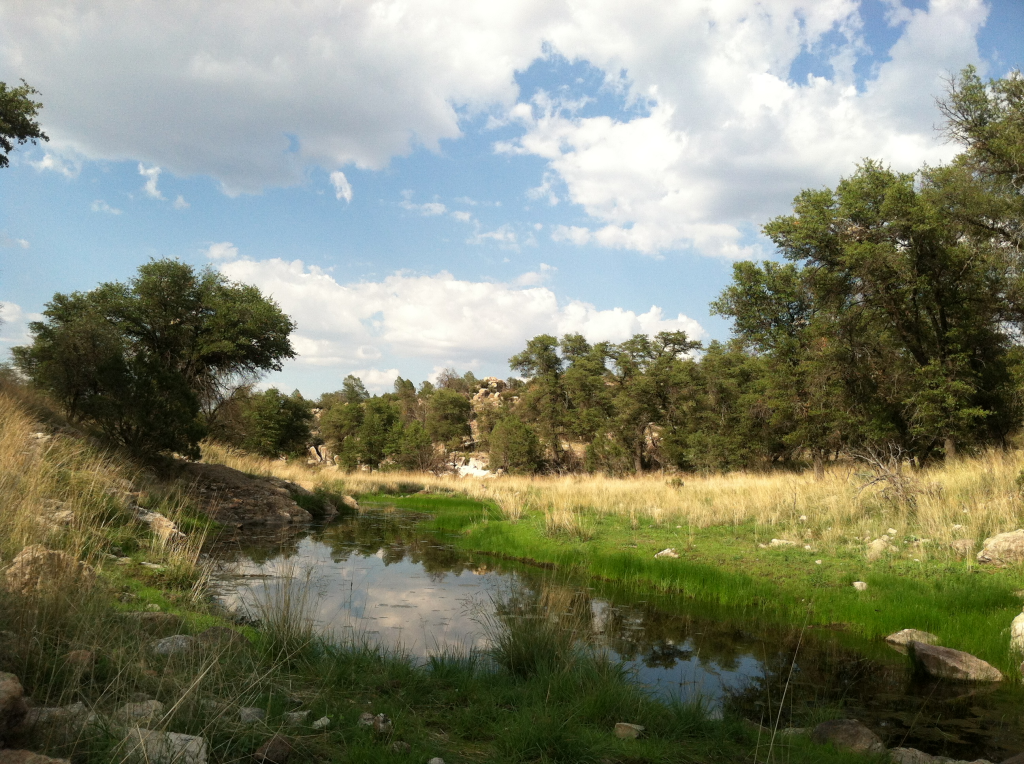
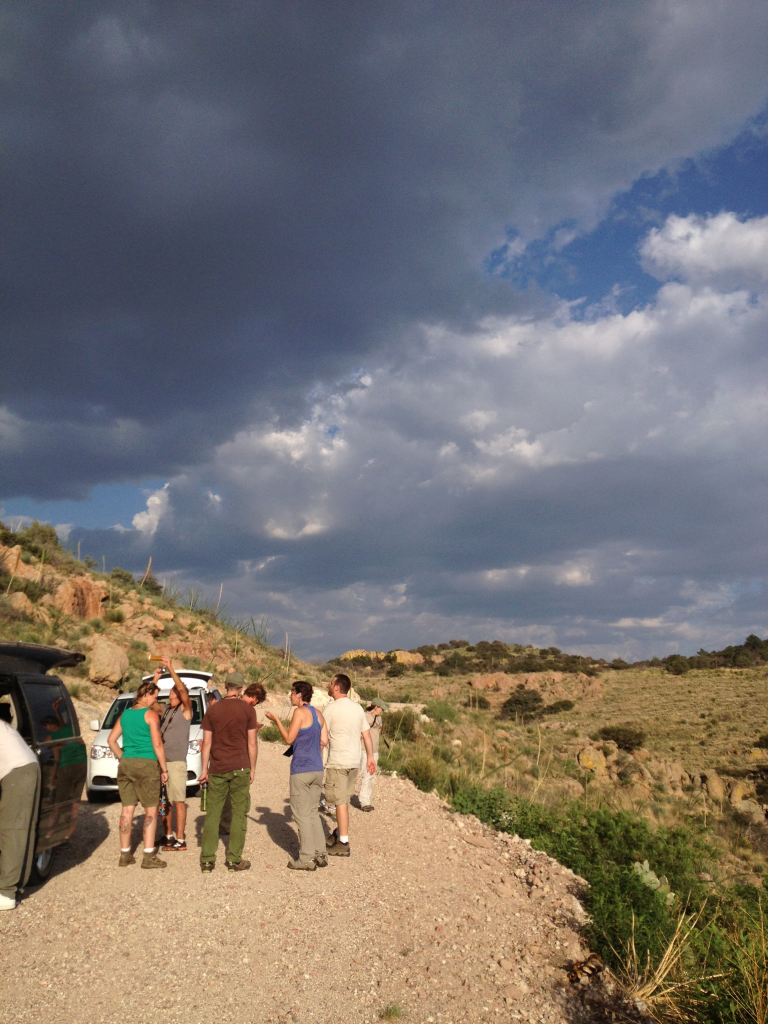
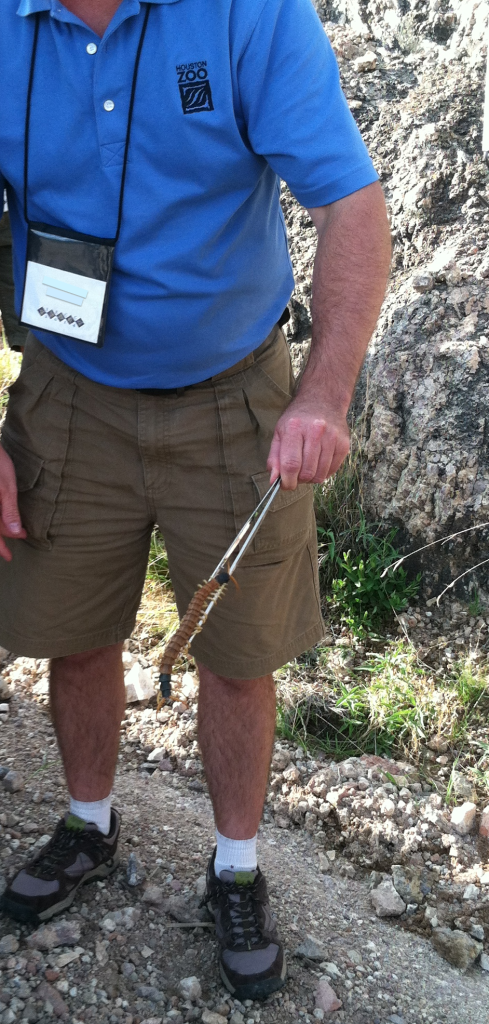
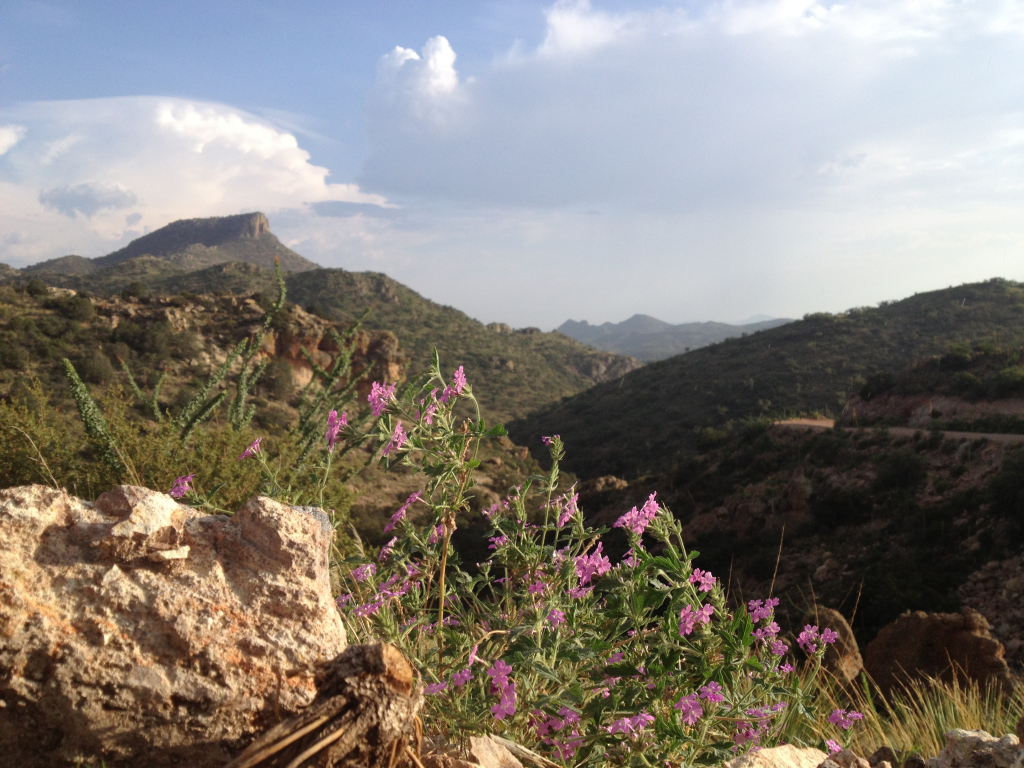
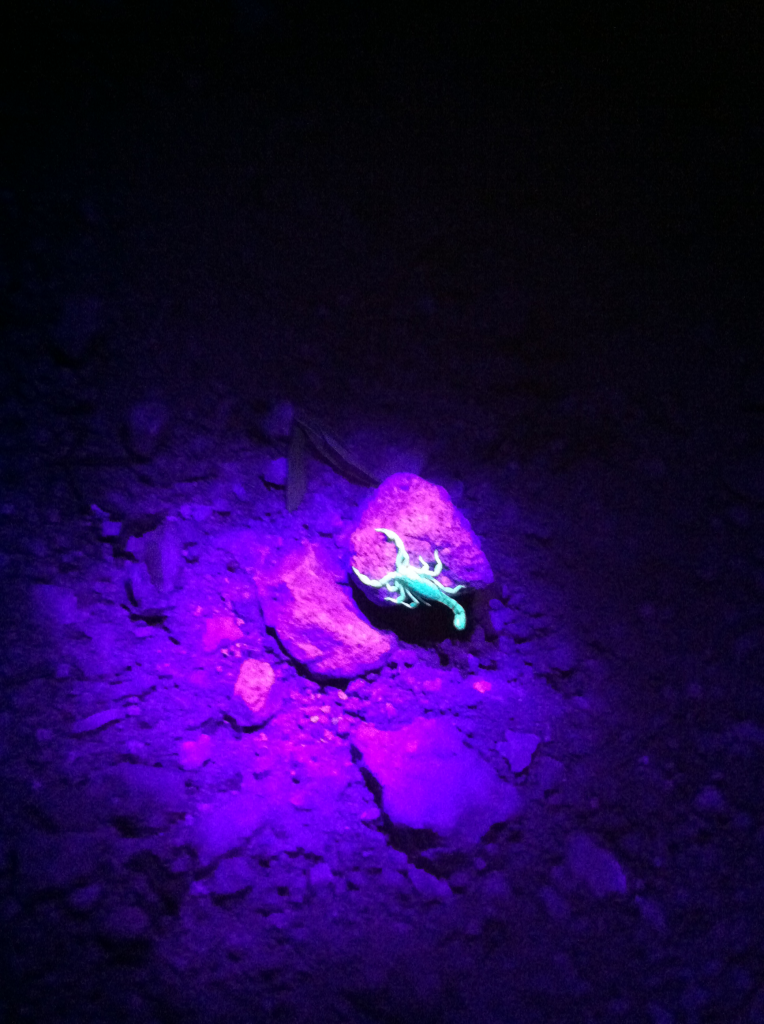
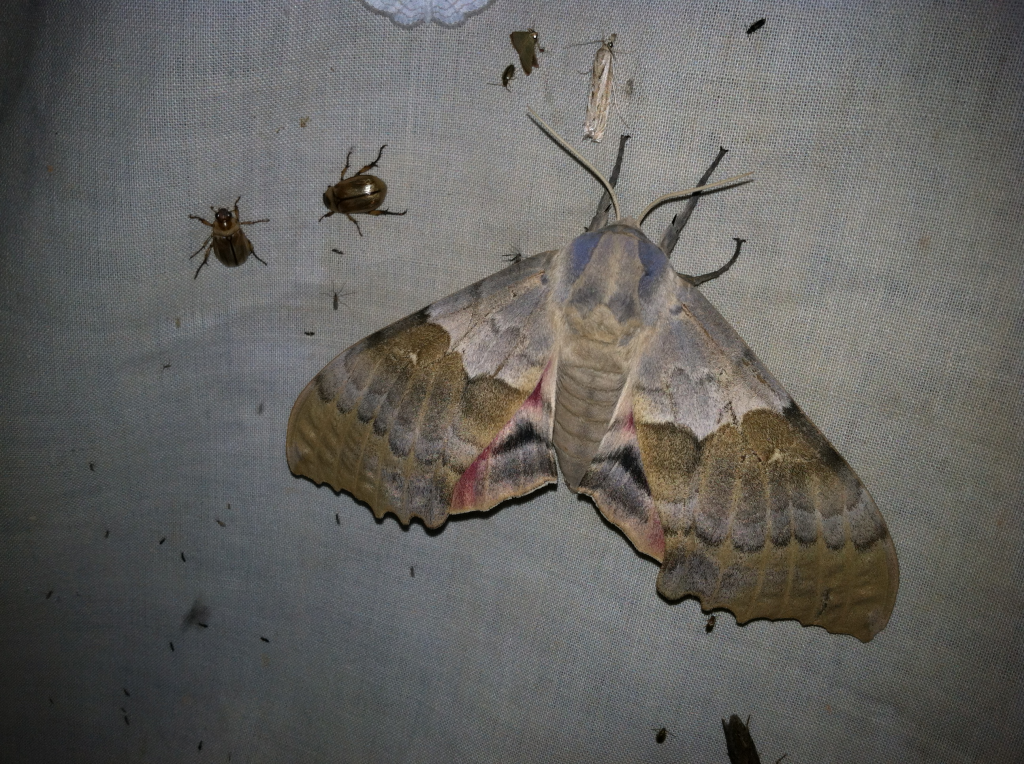
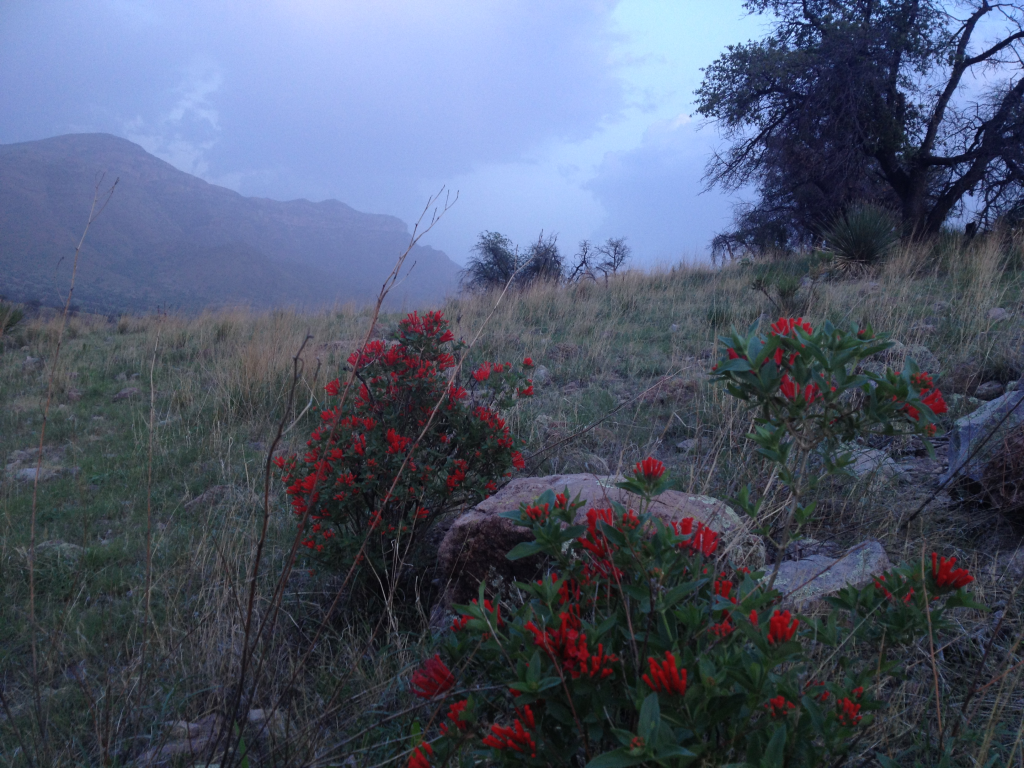
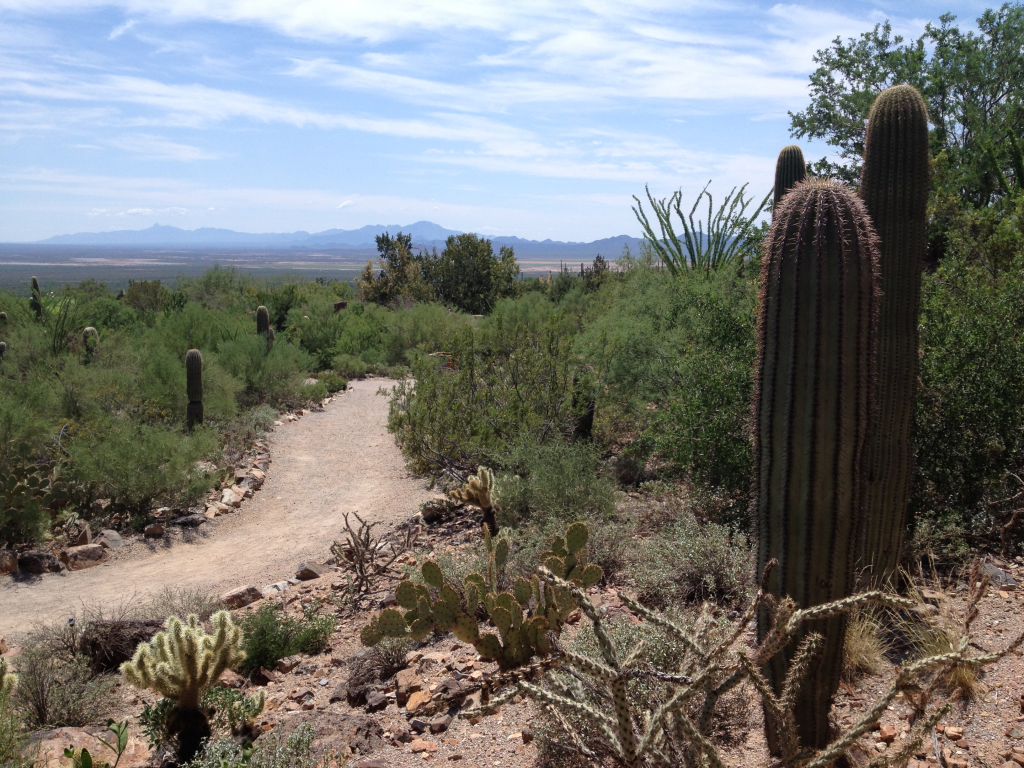
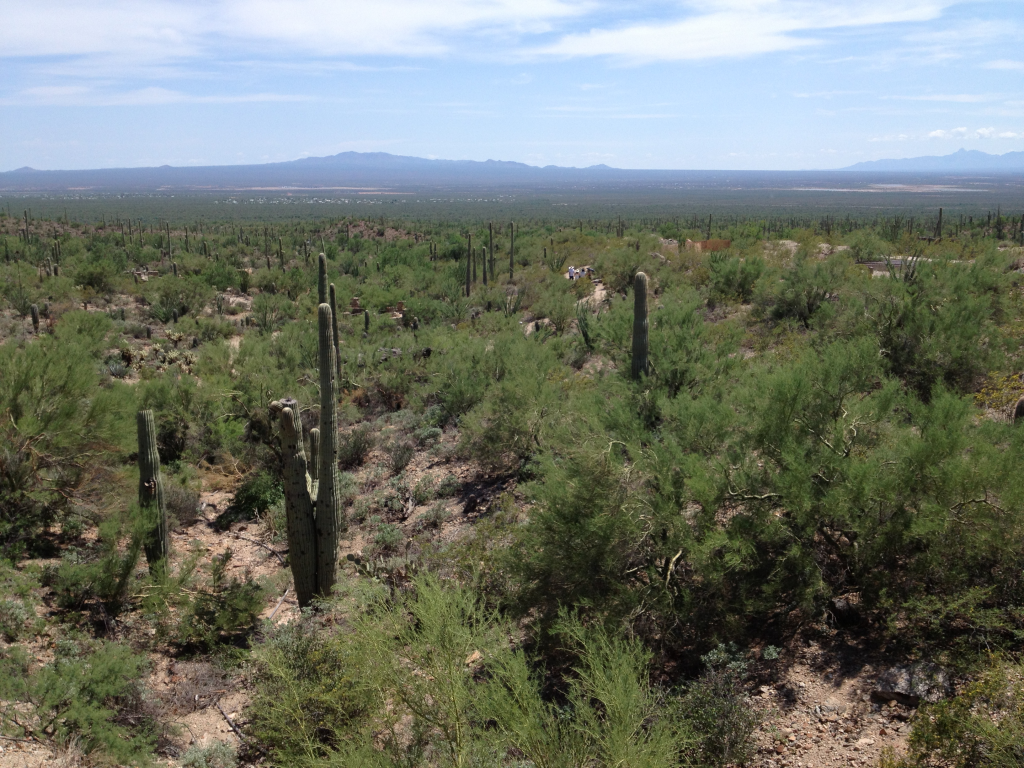

This is so neat!
Fantastic photos! That centipede is huge and I love the moth and cactus longhorn beetle photos!
I’m glad you had fun!